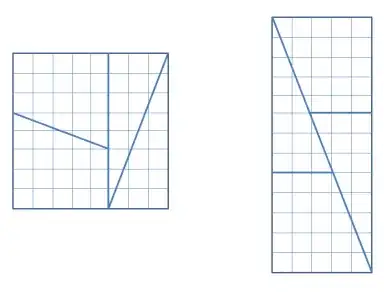Some mathematical facts -be them approximations or not- can be described as coincidences, without any deeper meaning in themselves, but leading to relevant practical consequences. I was thinking in these two examples:
- $2^{10} = 1024 \approx 1000 = 10^3$
This "casual" approximate equation is practically relevant and potentially dangerous (I don't know what he was thinking, that guy who invented mathematics and gave us 10 fingers!). First some engineers created the decibel and started assuming 'a 3db change means a factor of 2' - harmless enough. But then came digital computers and the convention-confusion KB=1024 bytes started.
- $\displaystyle 2^{7/12} = 1.498307\ldots \approx 3/2$
Related to the tempered system used in music since -approx- Bach, this can be seen as a fortunate or unfortunate fact. If it were an exact equation, musical tuning would be simpler and 'pure'; because it's not, the intervals we usually hear are 'impure'. On the other hand, if the approximation were just a little worse, the equal temperament would we intolerable, and to transpose music in most instruments would be a mess.
Can you think of more examples?

